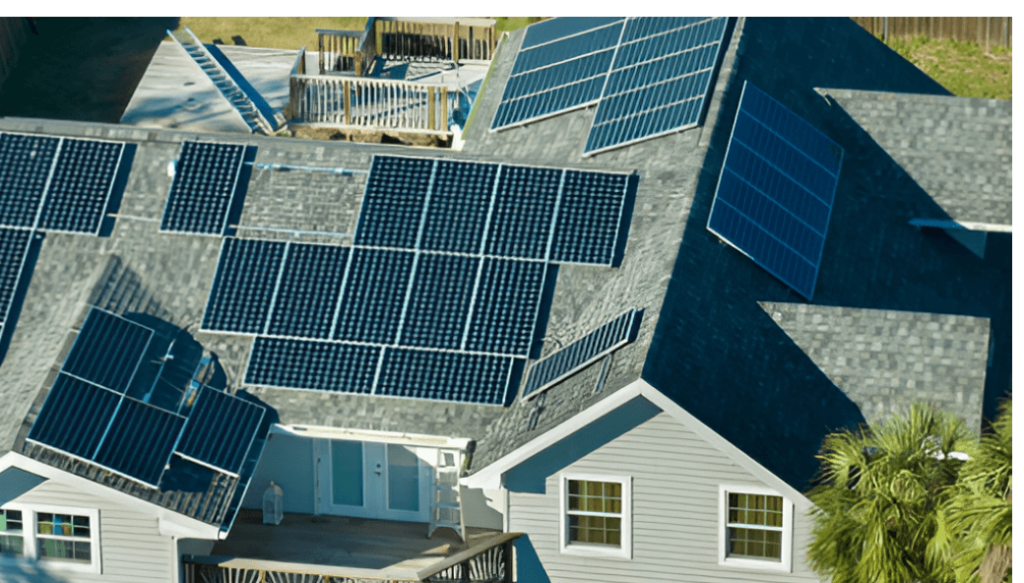
Uganda’s construction industry is changing faster than ever. With urban areas expanding, energy costs rising, and the demand for affordable yet durable homes increasing, builders and homeowners are turning to innovative solutions. Two trends are leading this transformation: prefabricated (modular) construction and solar-powered homes.
In this blog, we’ll explore why these approaches are not just popular but are shaping the future of housing in Uganda and why your next project should embrace them.
1. The Rise of Prefabricated Homes
Prefabrication involves building key sections of a house in a factory before transporting and assembling them on-site.
Key benefits:
- 40% Faster Construction – Modular homes can be completed in almost half the time compared to traditional builds.
- Cost Efficiency – Reduced labor time and minimal material waste lower overall costs.
- Quality Control – Factory settings ensure precision and consistency.
- Less Disruption – Shorter on-site building time reduces noise and disturbance for neighbors.
Example: In Kampala’s Kyanja suburb, developers are completing 2-bedroom prefab units in just 8–10 weeks, with prices starting from UGX 45 million. (Precision Group Uganda)
2. The Solar Power Revolution
Uganda’s abundant sunshine makes solar an obvious choice for homeowners. Modern systems are more affordable and efficient than ever before.
Why solar is taking over:
- 60% Adoption Rate – More than half of new mid-range homes in Uganda now include solar power systems.
- Lower Bills – Households save up to 50% on electricity costs over time.
- Energy Independence – Less reliance on the national grid and protection against power outages.
- Eco-Friendly – Solar reduces carbon emissions, supporting Uganda’s green building goals.
Example: Solar installations for a typical 3-bedroom home now cost between UGX 3.5–7 million, depending on battery storage size. (SolarNow Uganda)
3. Why Combining Prefab & Solar Is a Game-Changer
When combined, prefab construction and solar technology create homes that are:
- Affordable – Lower build costs + long-term energy savings.
- Fast to Build – Move in months, not years.
- Sustainable – Reduced carbon footprint and minimal waste.
- Future-Proof – Ready for Uganda’s evolving housing market.
This makes them especially attractive for real estate investors, young families, and NGOs seeking cost-effective housing solutions.
4. Local Trends & Government Support
- The Ministry of Lands, Housing, and Urban Development is encouraging sustainable building practices in urban developments.
- NGOs like Habitat for Humanity Uganda are integrating prefab and solar in affordable housing projects.
- Local contractors are increasingly investing in prefab factories to meet growing demand.
5. How Smeaton Constructions Can Help
At Smeaton Constructions, we specialize in modern, sustainable building solutions tailored for Uganda’s climate and budget. Whether you need a small starter home or a large residential project, we can design, build, and integrate solar power systems to give you a home of the future today.
Prefab and solar-powered homes aren’t just passing fads they are the blueprint for Uganda’s housing future. They combine speed, cost efficiency, and sustainability in a way traditional methods can’t match. If you want a home that’s affordable, reliable, and built for tomorrow, the future is already here and it’s powered by the sun and built with precision.
